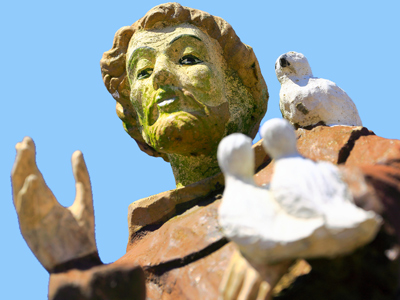

Catholicism - Jesus and Some Key Catholics
This GCSE RE quiz on Catholicism will test your knowledge of Jesus and some key Catholics. At any one time there will of course be many ‘key Catholics’ active, from the current Pope downwards; but looking back over virtually two millennia of the Church, plenty of past as well as present figures stand out. The Church itself recognises its own inspirational people by beatifying them, i.e. making them Saints, for which there is an established procedure; they fetch up, effectively, ranked alongside the Disciples and Apostles (Matthew, Mark, Luke, John, Peter, Paul et al.).
It was St Teresa of Avila, who lived in the interesting times of the Reformation (the Protestant schism from Catholicism), who made the famous observation that ‘Christ hath no body now on earth but ours: no hands (etc.)’, i.e. that since Jesus’ resurrection, God’s only active agency ~ through the power of the Holy Spirit ~ is the collective and individual deeds of believers.
Ready for more?
not all...
quizzers. Try to win a coveted spot on our Hall of Fame Page.






